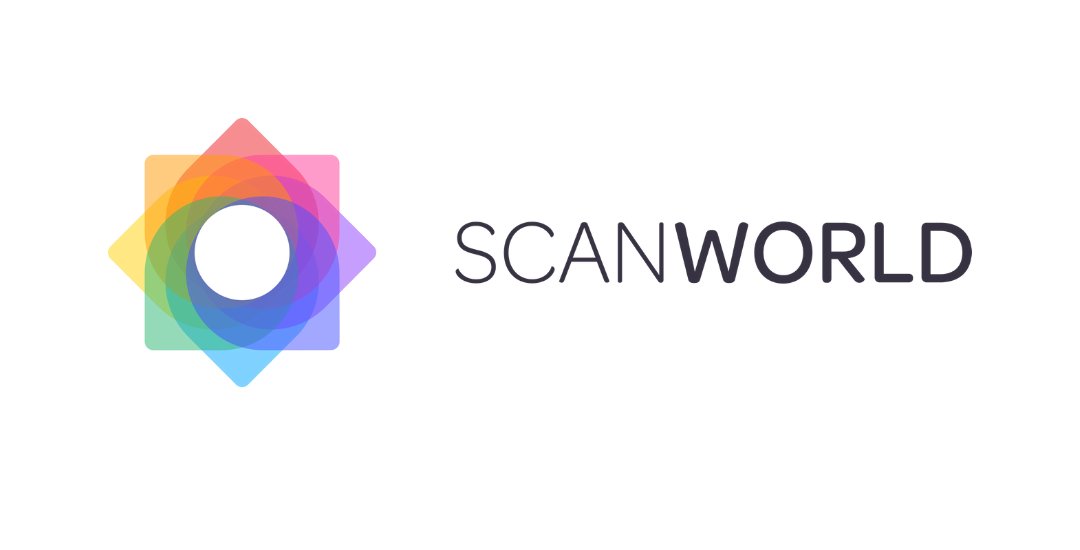- October 28, 2020
- Posted by: EARSC
- Categories: European EO Industry, Members News

This month, we are pleased sit down with one of our latest members ScanWorld!
About ScanWorld
ScanWorld’s objective is to deliver Level 2 hyperspectral imagery, twice a week, for any point of the globe. To achieve that goal, we’re currently building an infrastructure consisting out of 9 satellites in low Earth orbit. Our first spacecraft is on orbit in 2023. In the meantime, we’ll soon start to operate airborne hyperspectral imagery campaigns with our network of entrusted partners.
What makes ScanWorld’s unique?
There are two important keywords: “hyperspectral” and “satellite”.
Hyperspectral imagery is an incredibly powerful tool. It gives access to the chemical nature of the object you’re looking at. Although it is a complex technology, there are already some practical uses, for example in the medical sector. It is now mature to be rolled out for industry-grade applications in remote sensing, where it holds great promises. In agriculture, which is our primary vertical, it enables a wide range of applications such as vegetation disease alerts, water and fertilisers management, soil organic carbon content assessment, etc.
On the one hand, small satellite constellations allow us to deliver a truly scalable product: we serve the whole wide world with the same sensors and a single processing chain. It also means that our products are extremely cheap. Many satellite companies are focused on spatial and / or temporal resolution. Only a few are exploring spectral resolution – like we do.
What challenges are you currently facing?
There are many challenges, mostly technical hurdles, but nothing that can’t be solved with a can-do attitude. I would say that our biggest challenge is to identify the best use cases and stick to them. There’s so much you can do with hyperspectral imagery, that we constantly get side-tracked. One day, we receive a customer request for infrastructure monitoring. The next day, another potential customer asks about pollution mapping. Etc. These are all things we can do – at least theoretically – but we need to find the right balance between focus and flexibility. I would say it’s a rather good problem to have.
Why was it important for you to join EARSC?
The way we see it, being an EARSC member has two main advantages. First, it is a great opportunity to work with our peers on the promotion of remote sensing technologies. Second, it’s a nice platform to meet and greet with other stakeholders of the remote sensing community, and meet potential customers or partners. Let’s keep on working together towards a more sustainable world!
You can learn more about ScanWorld at www.scanworld.be
